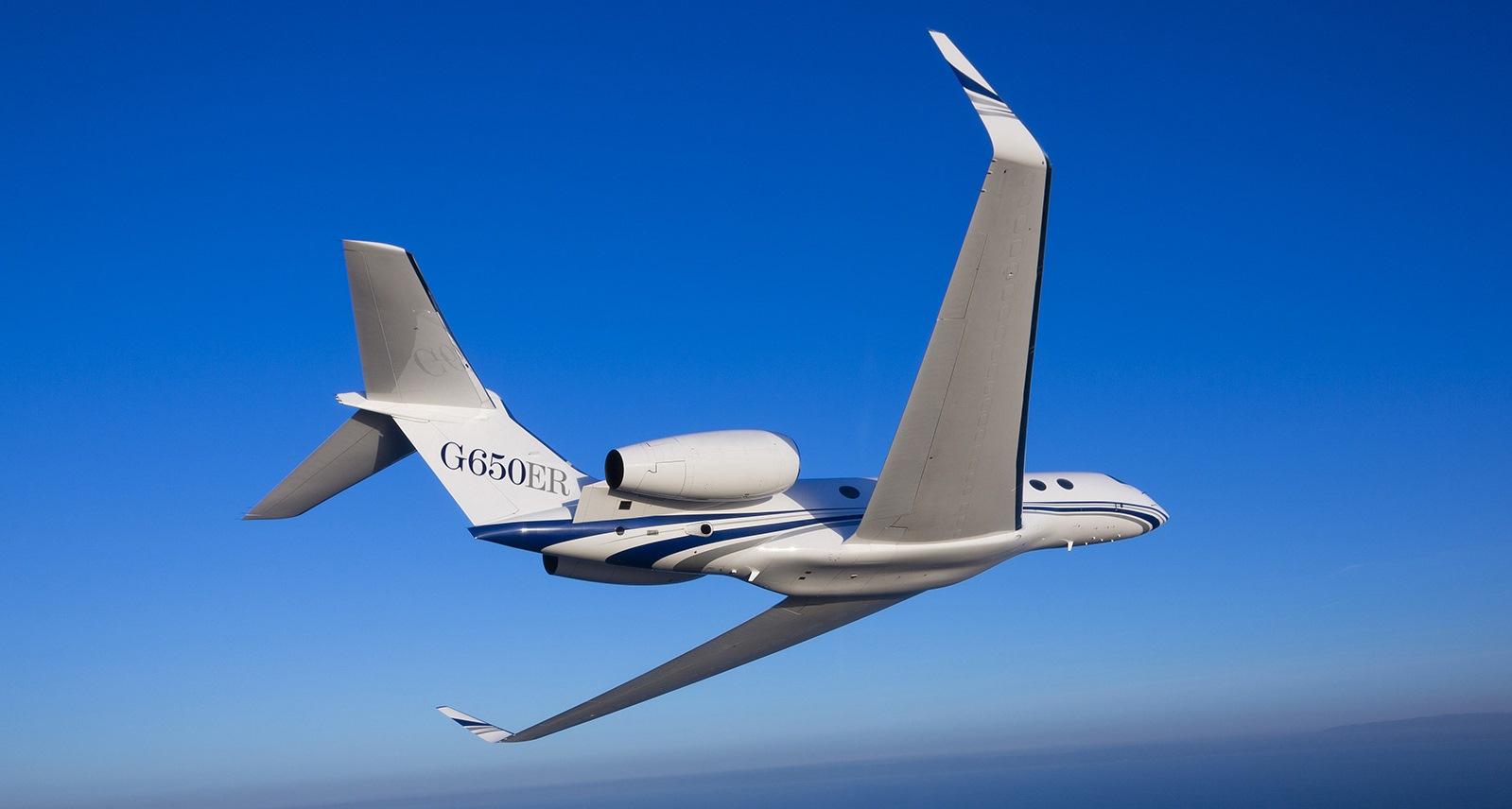
In the next 10 years, the business aircraft fleet in Asia is expected to grow 2.5% a year from 1,360 aircraft in 2020 to nearly 1,395 by 2029, according to Aviation Week Network’s 2020 Business Aviation Fleet & MRO Forecast.
Asia’s fleet share is expected to grow to 5% of the world’s fleet in 2029, from 4% in 2020.
The Asian region is expected to take delivery of 565 new business jets and turboprop aircraft over the next decade, including 55 in 2020, according to the forecast.
Business jets will hold a 75% share of the in-service business fleet in Asia in 2020, growing at a 3%, 10-year compound annual growth rate. Business jets will comprise an even larger share, 80% of the fleet, by 2029. Worldwide, Asia is expected to hold 5% of the world's business jet fleet at the end of 2029.
The Gulfstream G650 will lead the in-service fleet in Asia in 2020, followed by the Gulfstream G-VSP (G500/G550) and Global Express/XRS/6000. By 2029, the Gulfstream G650 is expected to remain in first place with 10.4% of the Asian fleet, followed by the Gulfstream G-VSP at 6.4% and the King Air 300/350 at 5%.
Meanwhile, the maintenance, repair and overhaul market in Asia is expected to increase to $1 billion by 2029 from $666 million in 2020, at an average compound annual growth rate of 4.7%. The Asian business aircraft fleet is expected to create $875 billion in MRO requirements over the next 10 years, with the top five aircraft manufacturers generating 93% of the total.
Editor's Note: This story has been updated to include business jet growth figures.






Comments